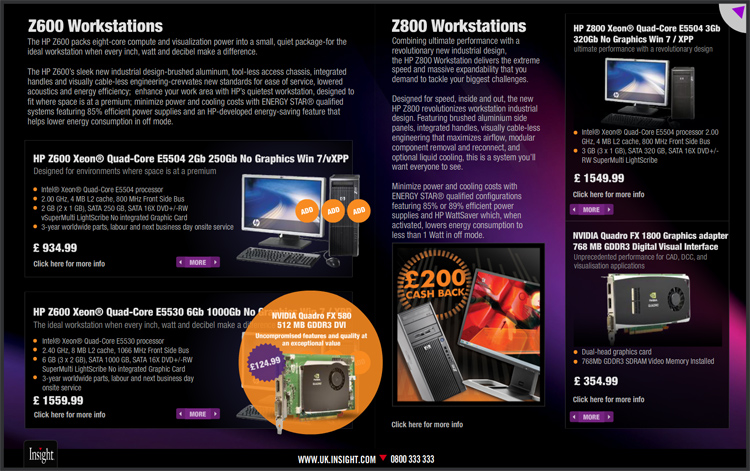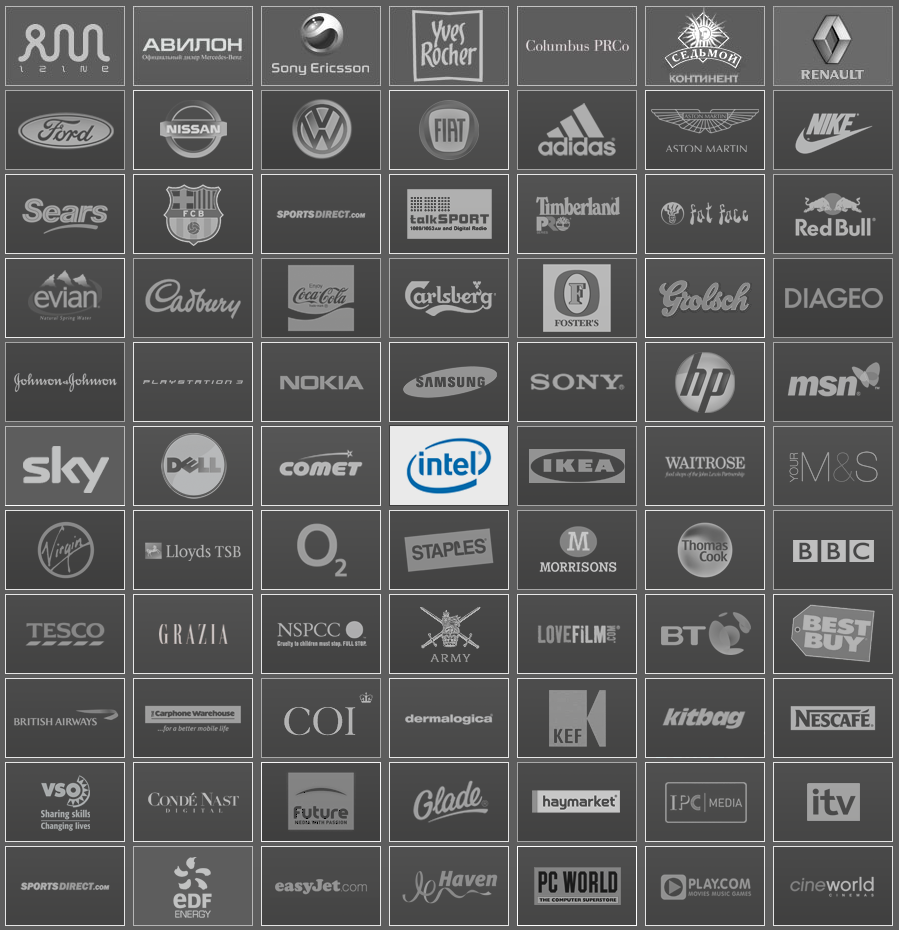3D journalism, or what the magazine market misses
Since the beginning of this year in the Internet press, including on Habré, there is a growing wave of news, analysts and controversies on whether tablets will become murderers of the paper press or not, in what format publications will be distributed, how much and for what they will take money from readers. Excellent material on this topic from IT Business Week was published on Habré earlier.

But in their reasoning, analysts and influential market people are missing or leaving one important point behind the scenes - how will the press and journalism change with the transition to new electronic formats and are publishers and journalists ready to use all the possibilities of the virtual press of the future?
The above-mentioned article contains enthusiastic quotes on the fact that “the newspaper looks real” and especially focuses on the fact that the publication has video viewing functions. But this will not surprise anyone! Inserting a video in PDF and paging pages are new items from last year. It is necessary to go ahead and use the interactive capabilities of the technologies of the future, be it Flash or HTML 5. And then the publisher is confronted with the fact that technologies have outstripped the development of consciousness - the reader is ready to be surprised, but he still doesn’t know what he wants, and the journalist does not know how to go beyond flat paper journalism or online content generated on a stream. The technology revolution has overshadowed a more fundamental revolution - the revolution in journalism, which has switched from a two-dimensional format to 3D (and this is not about some kind of stereo effect).
')
It may be objected: “ What are you talking about! Publications on the Internet have long been supplied with videos, podcasts, animation, interactive, feedback and social functions! ". Okay. But this has never been a single whole - until now, these were heterogeneous elements, differing in style and quality, almost in no way interacting with each other. The industry has recently been waiting for something more than a technological opportunity to bring content to a new level. She waited for the concept. What became clear with the release of the concepts of Sports Illustrated (unfortunately, remained a concept) and, most recently, Wired . But in fact, the concept of 3D journalism (or, as they are called, in Western media, infotainment) was formulated much earlier, before the first mention of the iPad and the puzzling exclamations: “ Is the paper press coming to an end? ".

This happened back in 2006, in the UK, with the birth of the online publishing platform Ceros . For 4 years, while competitors served the past trends, by developing mechanisms for selling paper publications over the Internet, the British and their clients in practice created a new vision for future journalism. It is enough to open several of their publications, and everything becomes clear without words. And the most interesting thing is that while other market participants were waiting for a technical revolution, Ceros made a revolution in the minds of publishers (at least among their partners), and all the wealth of 3D journalism, which reached us very soon, as iPads spread and their analogues, and for some money for each issue (or article), it becomes available to us now, in Russian and for free.
Well, for clarity, at least a couple of examples: I-zine , Nokia , O2 , Samsung , Renault , Adidas and others .

But in their reasoning, analysts and influential market people are missing or leaving one important point behind the scenes - how will the press and journalism change with the transition to new electronic formats and are publishers and journalists ready to use all the possibilities of the virtual press of the future?
The above-mentioned article contains enthusiastic quotes on the fact that “the newspaper looks real” and especially focuses on the fact that the publication has video viewing functions. But this will not surprise anyone! Inserting a video in PDF and paging pages are new items from last year. It is necessary to go ahead and use the interactive capabilities of the technologies of the future, be it Flash or HTML 5. And then the publisher is confronted with the fact that technologies have outstripped the development of consciousness - the reader is ready to be surprised, but he still doesn’t know what he wants, and the journalist does not know how to go beyond flat paper journalism or online content generated on a stream. The technology revolution has overshadowed a more fundamental revolution - the revolution in journalism, which has switched from a two-dimensional format to 3D (and this is not about some kind of stereo effect).
')
It may be objected: “ What are you talking about! Publications on the Internet have long been supplied with videos, podcasts, animation, interactive, feedback and social functions! ". Okay. But this has never been a single whole - until now, these were heterogeneous elements, differing in style and quality, almost in no way interacting with each other. The industry has recently been waiting for something more than a technological opportunity to bring content to a new level. She waited for the concept. What became clear with the release of the concepts of Sports Illustrated (unfortunately, remained a concept) and, most recently, Wired . But in fact, the concept of 3D journalism (or, as they are called, in Western media, infotainment) was formulated much earlier, before the first mention of the iPad and the puzzling exclamations: “ Is the paper press coming to an end? ".

This happened back in 2006, in the UK, with the birth of the online publishing platform Ceros . For 4 years, while competitors served the past trends, by developing mechanisms for selling paper publications over the Internet, the British and their clients in practice created a new vision for future journalism. It is enough to open several of their publications, and everything becomes clear without words. And the most interesting thing is that while other market participants were waiting for a technical revolution, Ceros made a revolution in the minds of publishers (at least among their partners), and all the wealth of 3D journalism, which reached us very soon, as iPads spread and their analogues, and for some money for each issue (or article), it becomes available to us now, in Russian and for free.
Well, for clarity, at least a couple of examples: I-zine , Nokia , O2 , Samsung , Renault , Adidas and others .
Source: https://habr.com/ru/post/96592/
All Articles